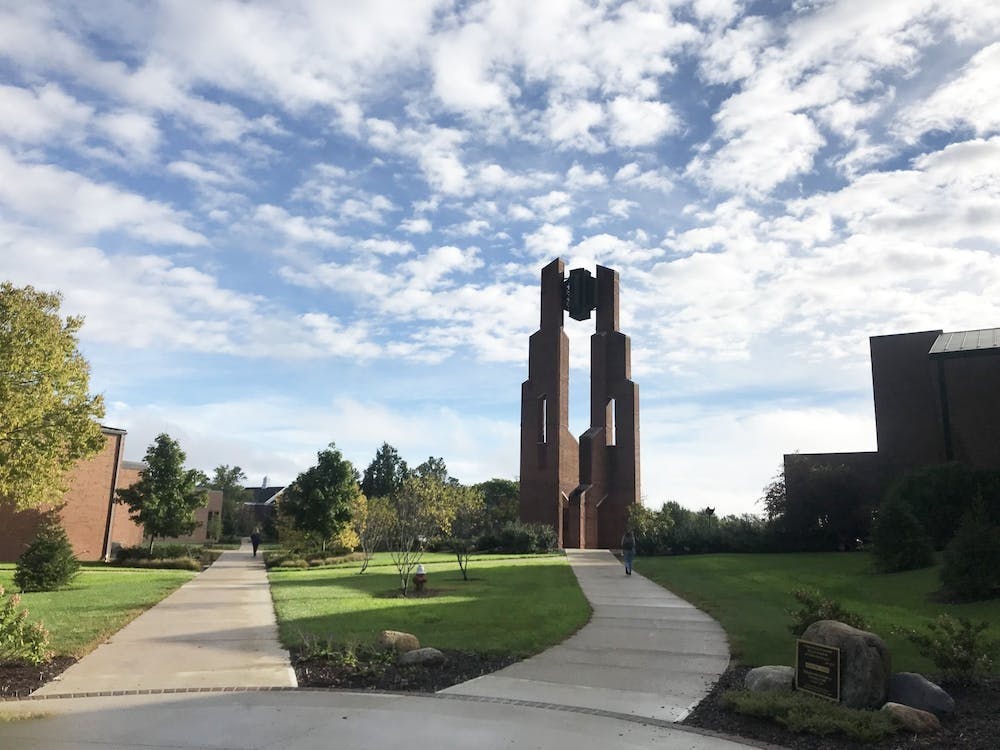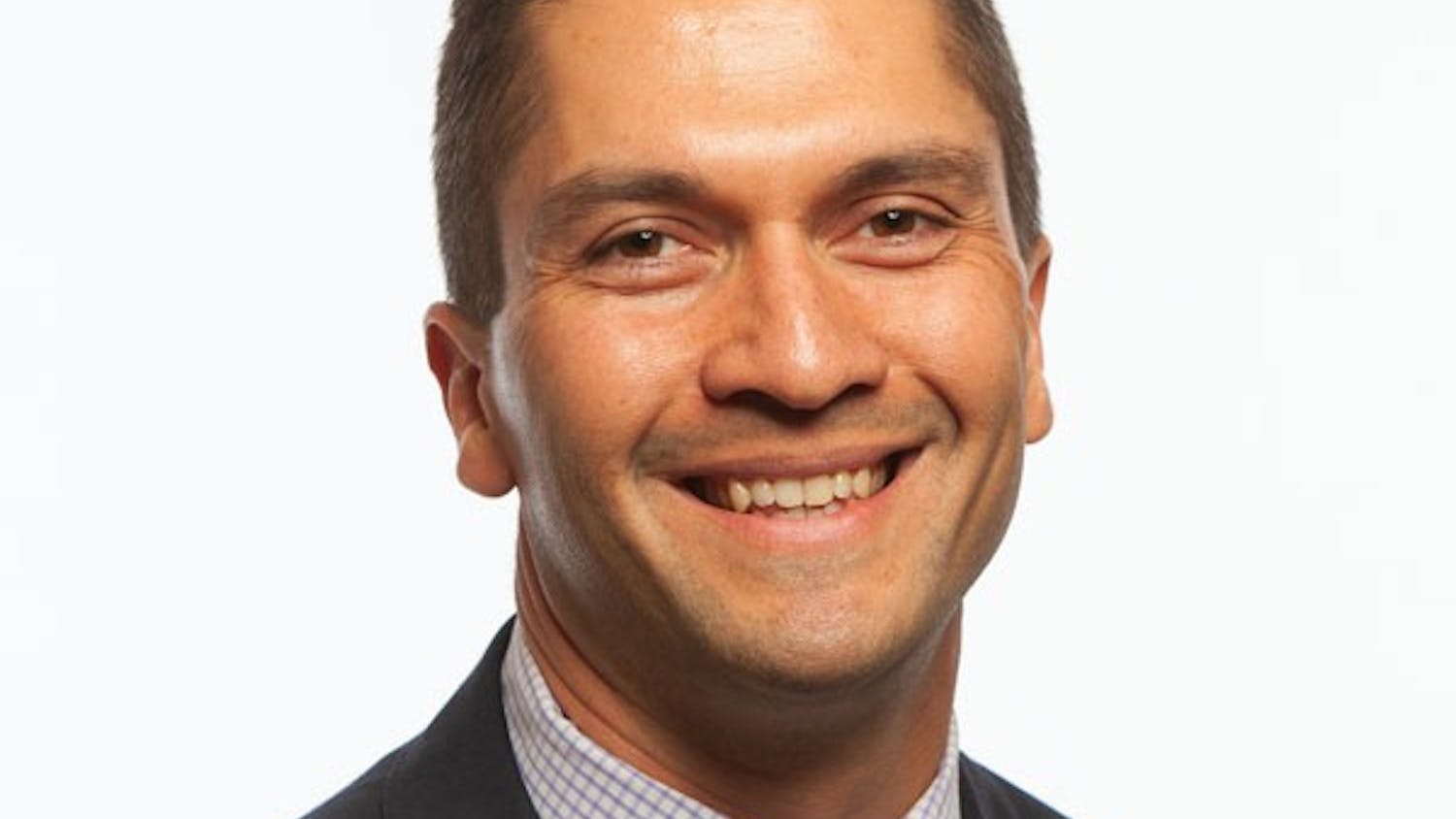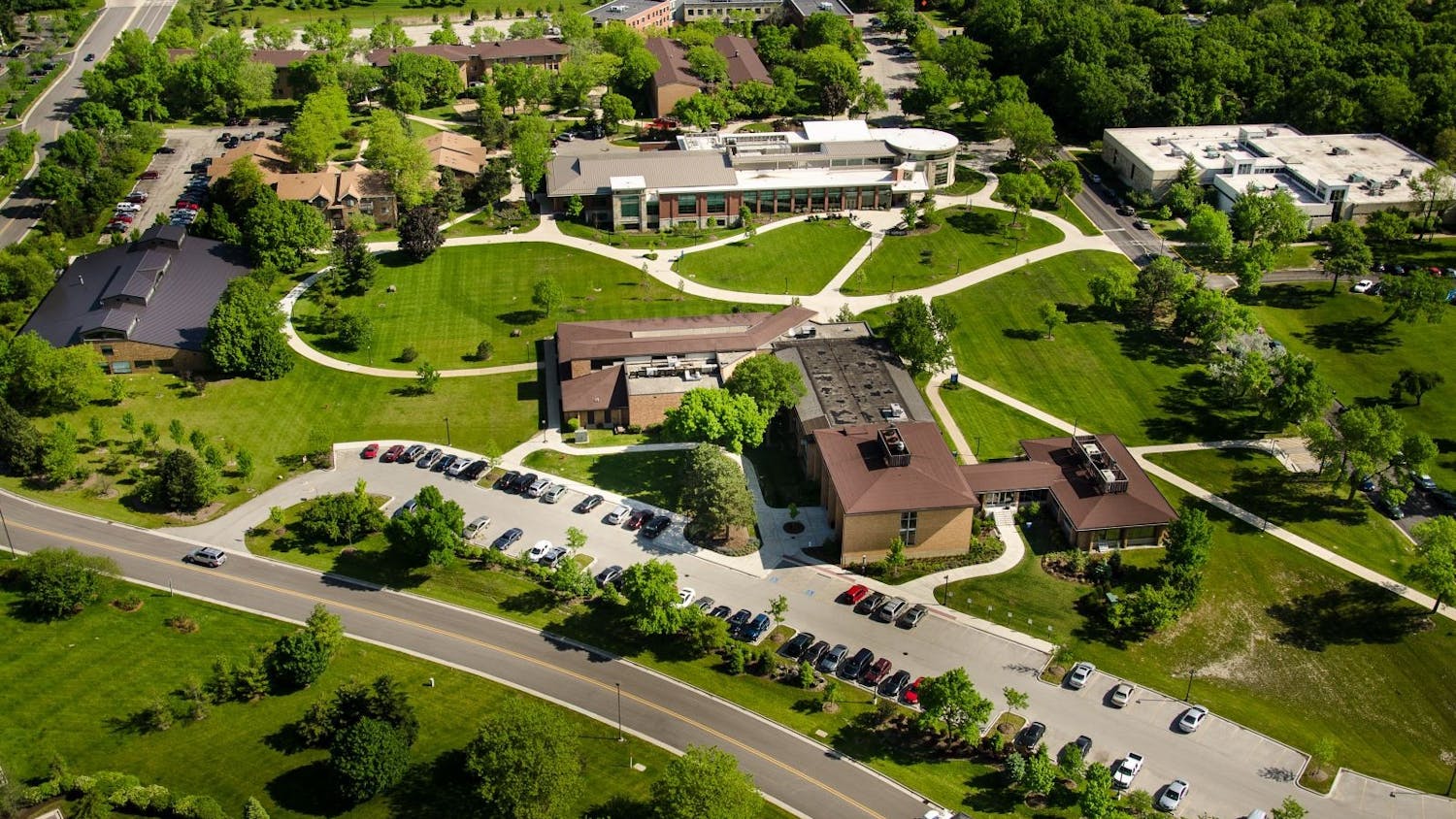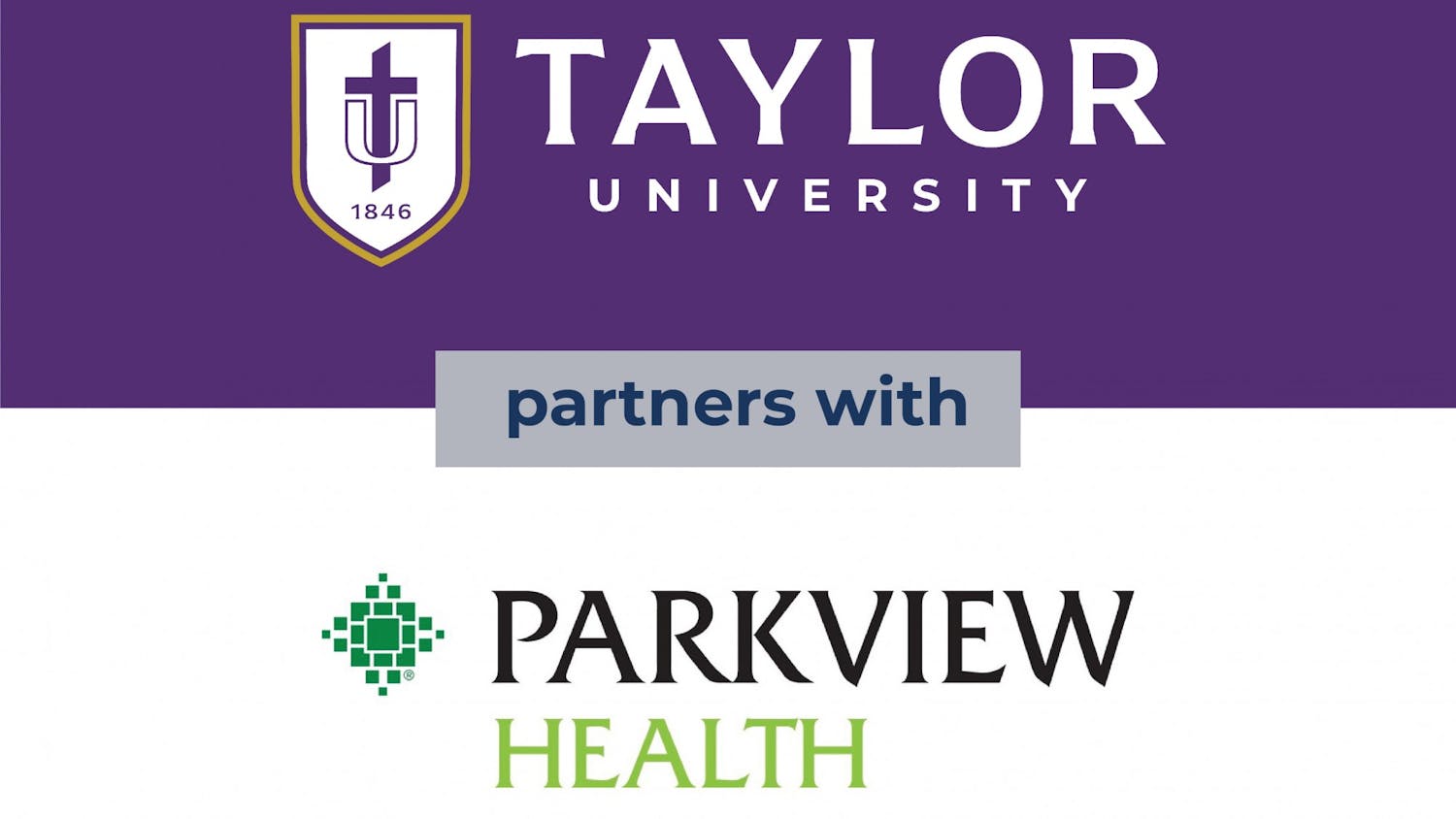With the start of the 2023-24 academic year, Taylor will move back to an academic structure centered around different schools.
These four schools will be as follows: School of Art & Humanities, School of Natural & Applied Sciences, School of Business, Education and Social Sciences and the School of Nursing.
The move comes after a few notable growth opportunities with academics at Taylor, including the addition of the new nursing partnership with Parkview.
This partnership with Parkview Health, northeast Indiana’s largest healthcare provider, has provided the necessary resources for a school, and the hiring of a dean of nursing.
In addition to the ability to add a School of Nursing, increased enrollment has also played a part in this decision, according to Provost Jewerl Maxwell.
“Funding from Parkview for a Dean of Nursing certainly helped move us in this direction,” Maxwell said. “But not necessarily more than the great work of our Admissions team in building our undergraduate enrollment.”
While the shift to a school system will mean there will be changes to the structure of academics at the administrative level, this isn’t much different from the prior structure that existed at Taylor and was instituted under President Emeritus Eugene Habecker.
In fact, the only notable difference at the moment from that previously existing structure is the new school of nursing.
Nancy Dayton, dean of Arts, Humanities, Business and Higher Education, said that this is essentially just a return to the old structure.
Dayton will remain in her role after the shift, with the only change being business moving into the School of Business, Education, and Social Sciences under Ben Hotmire, current department chair of education.
“There was discussion among deans and the provost concerning a shift in the academic structure,” Dayton said. “And the previous academic structures that were in place at Taylor were reviewed by the provost.”
One of the benefits of a school system is allowing certain decisions about curriculum and academics to be made at a school level, rather than a university level, where many decisions need to be made under the current structure.
Tom Jones, Halbrook distinguished chair of American government, former interim provost and dean of faculty development, shared a few of the potential benefits that a schools system could bring to the university.
“What probably prompts this decision is the desire to create a structure in which academic disciplines that are similar and like-minded, can be together and work together, in a way that encourages creativity and develops relationships” Jones said. “But it’s not meant to be exclusive.”
While departments will have more freedom to get decision-making done within schools, there will still be university-wide faculty committees that represent all of Taylor that will provide input and help aid decision-making processes.
The structure of each school will contain a dean, and a few of the schools will contain an associate dean that continue to have a partial teaching load. Below them then would be the department chairs. And all of these will fall under the chief academic officer, which is the provost.
Jones said that little, if anything, will be noticeable to students after this shift. The likely benefits will come with the improved proximity faculty will have to those who make decisions, and a more efficient process.
In the near future, Taylor is hoping to secure philanthropic resources to add a separate school of business that would break away from the current School of Business, Education, and Social Sciences.
“This is contingent upon the proper philanthropic support for a School of Business,” Maxwell said. “I am hopeful that this will occur within the next two years.”
In addition, Maxwell said the university is expecting “significant growth” in the graduate level, which provides another reason to move back to schools.





